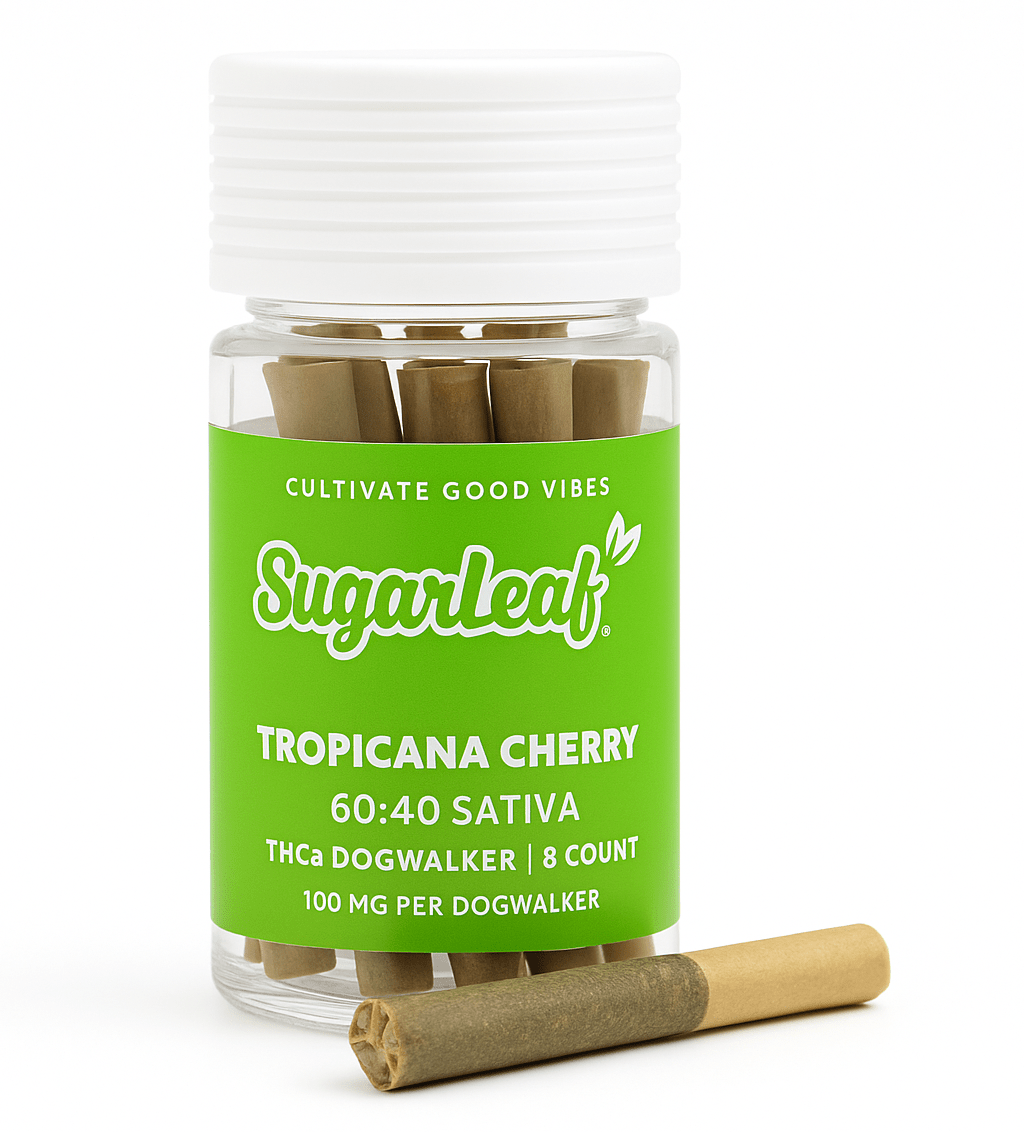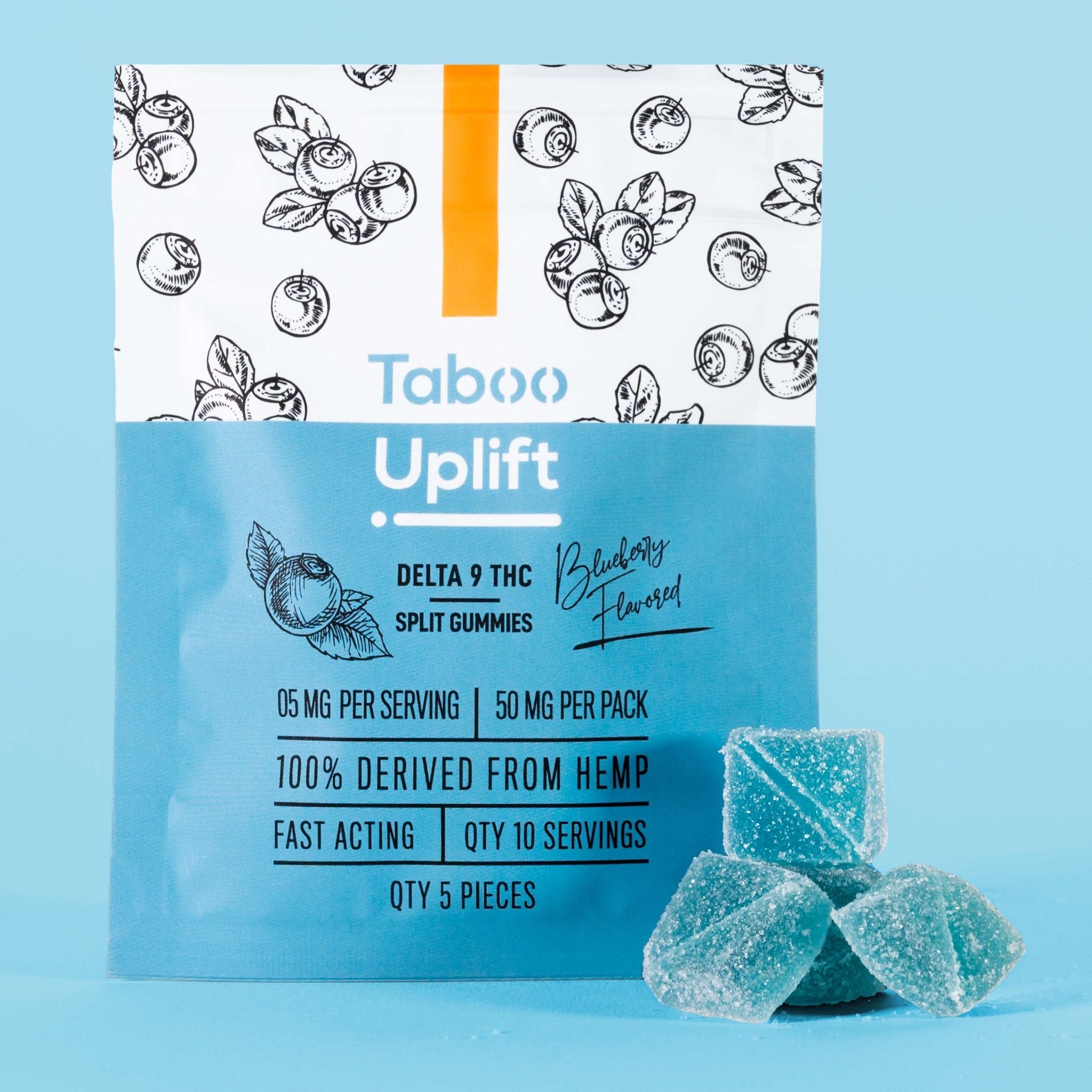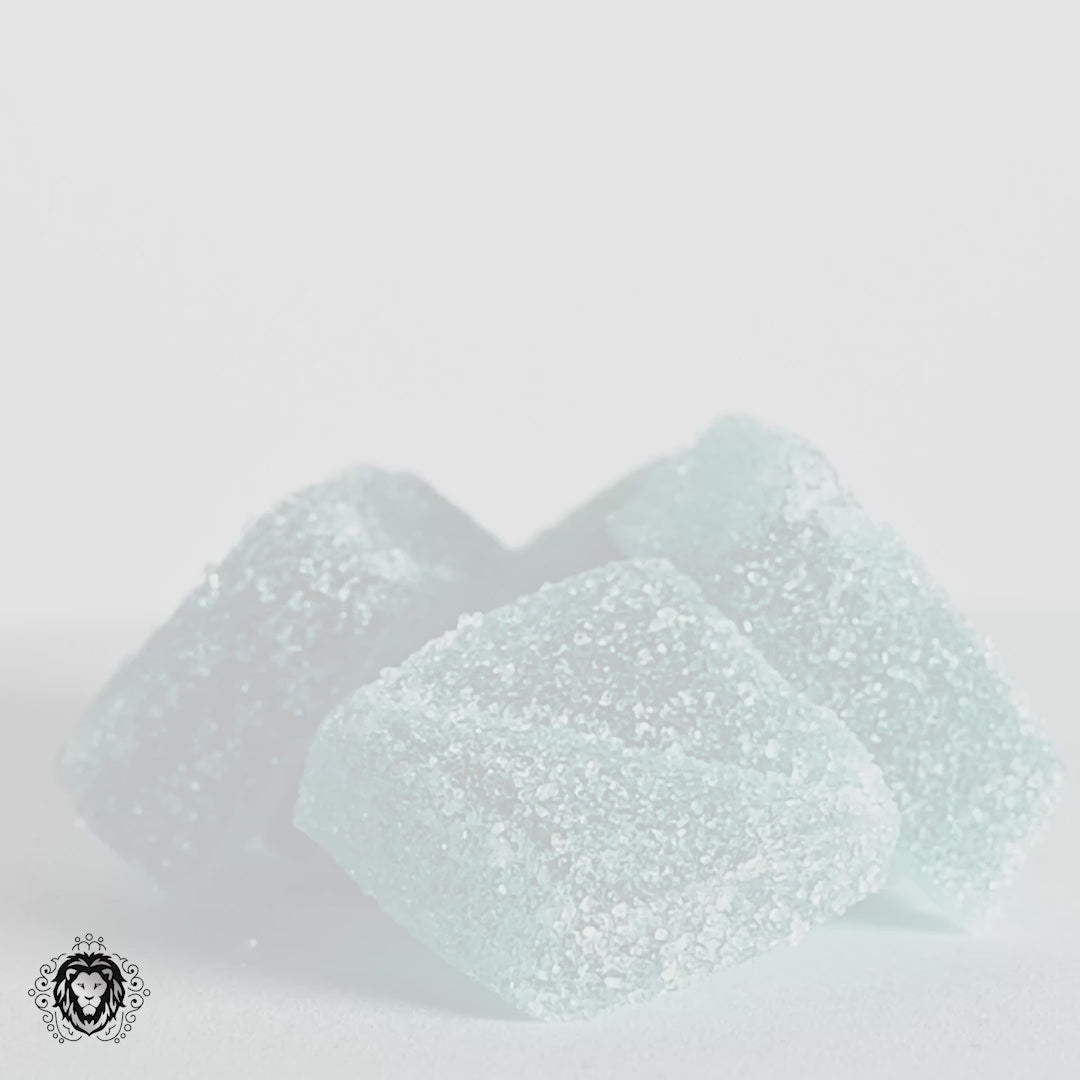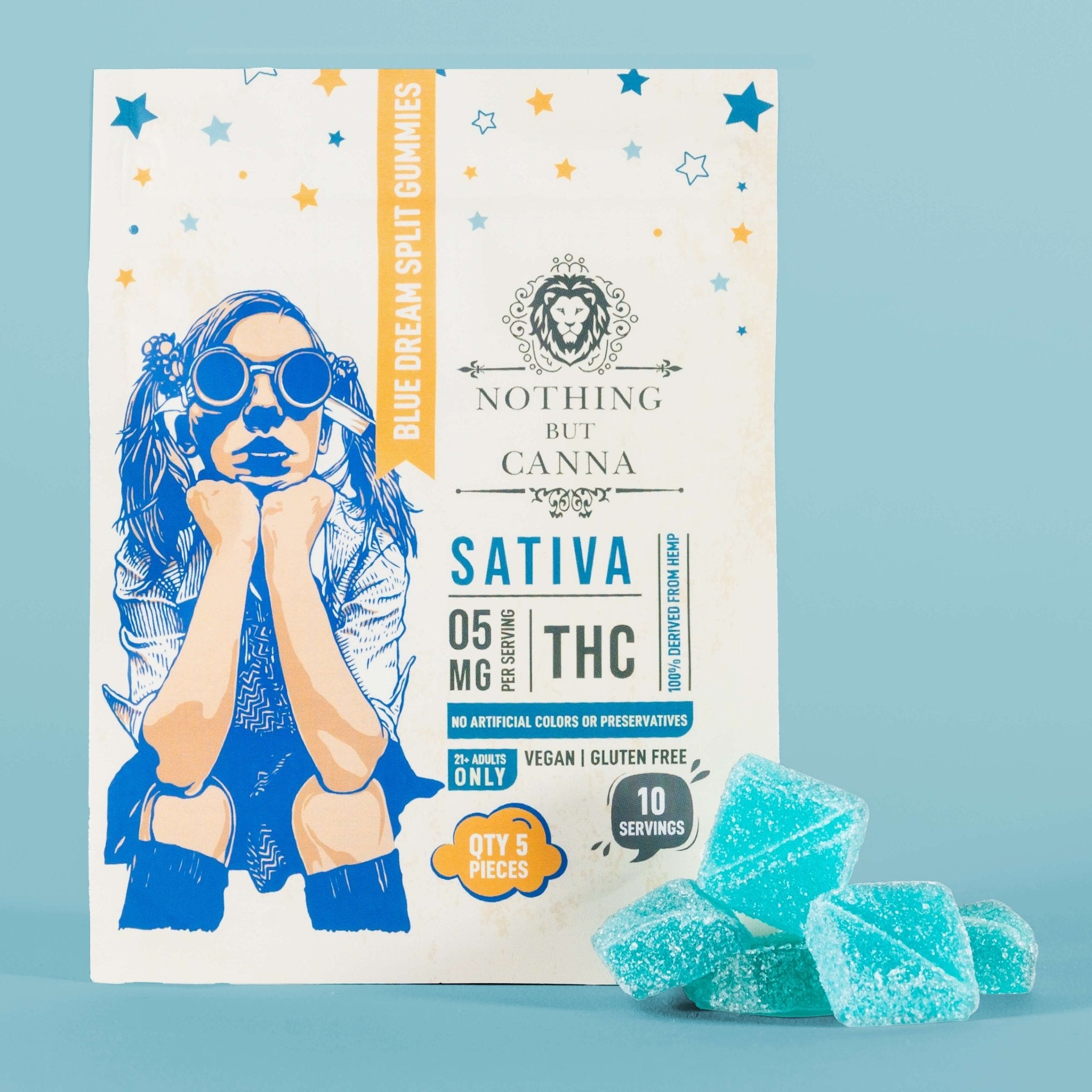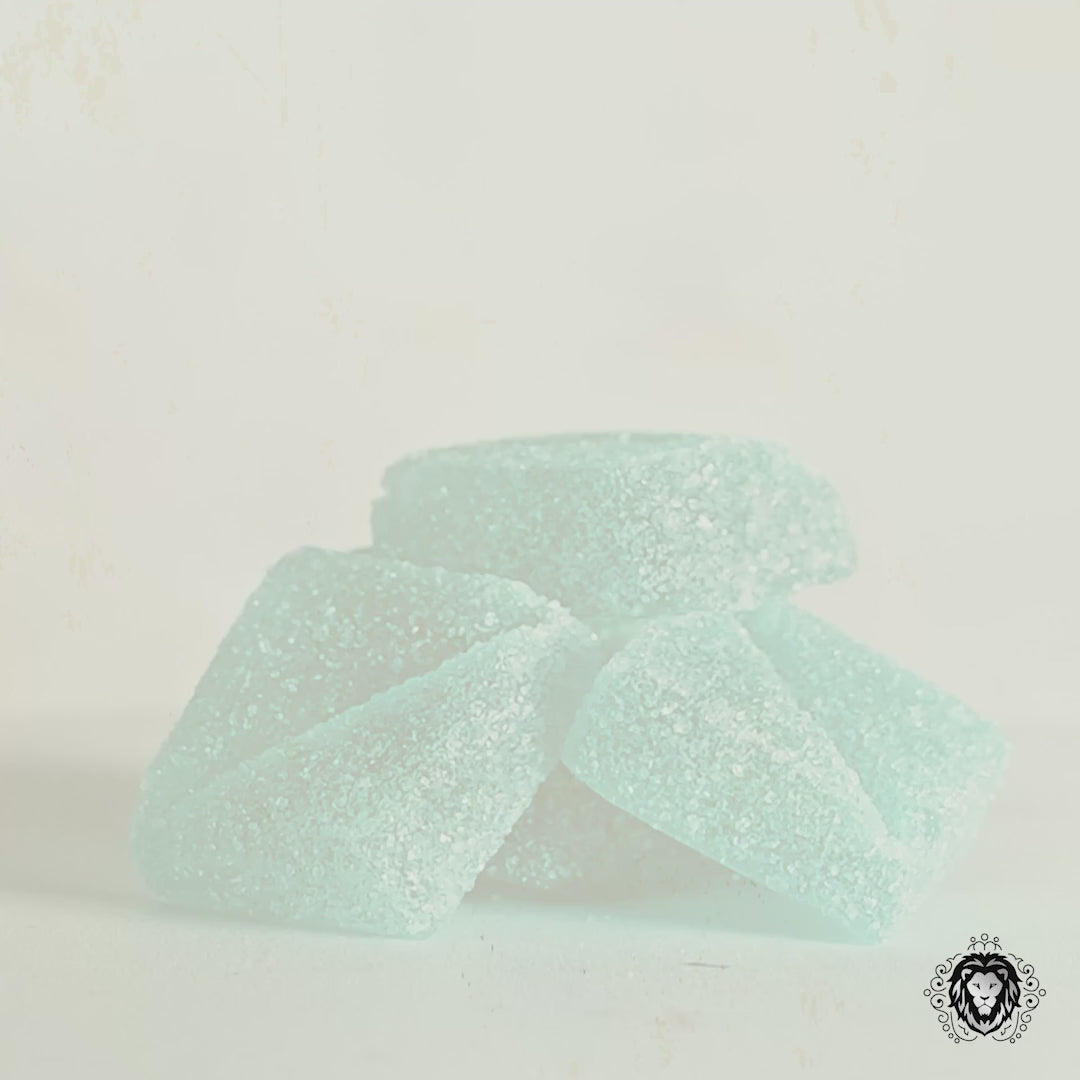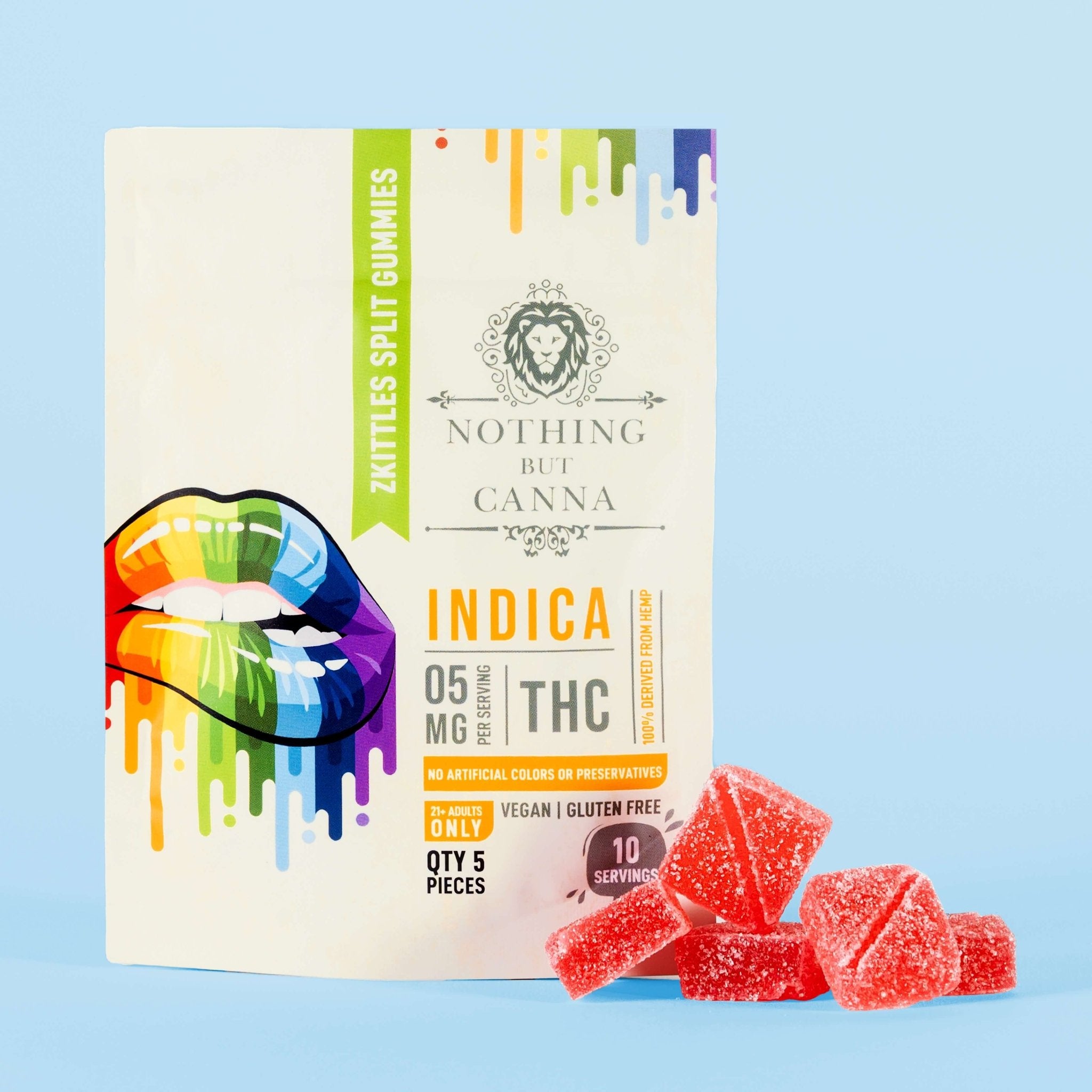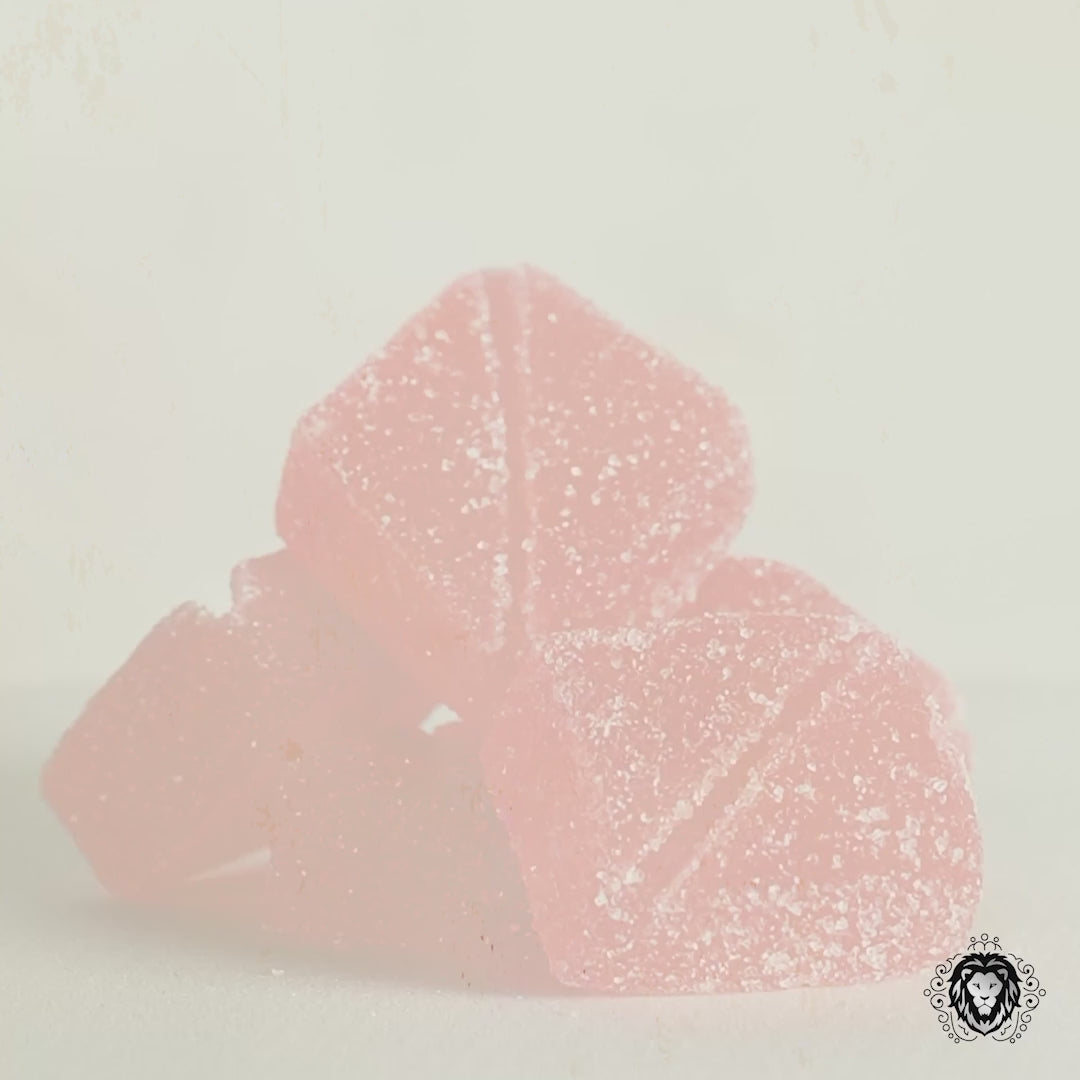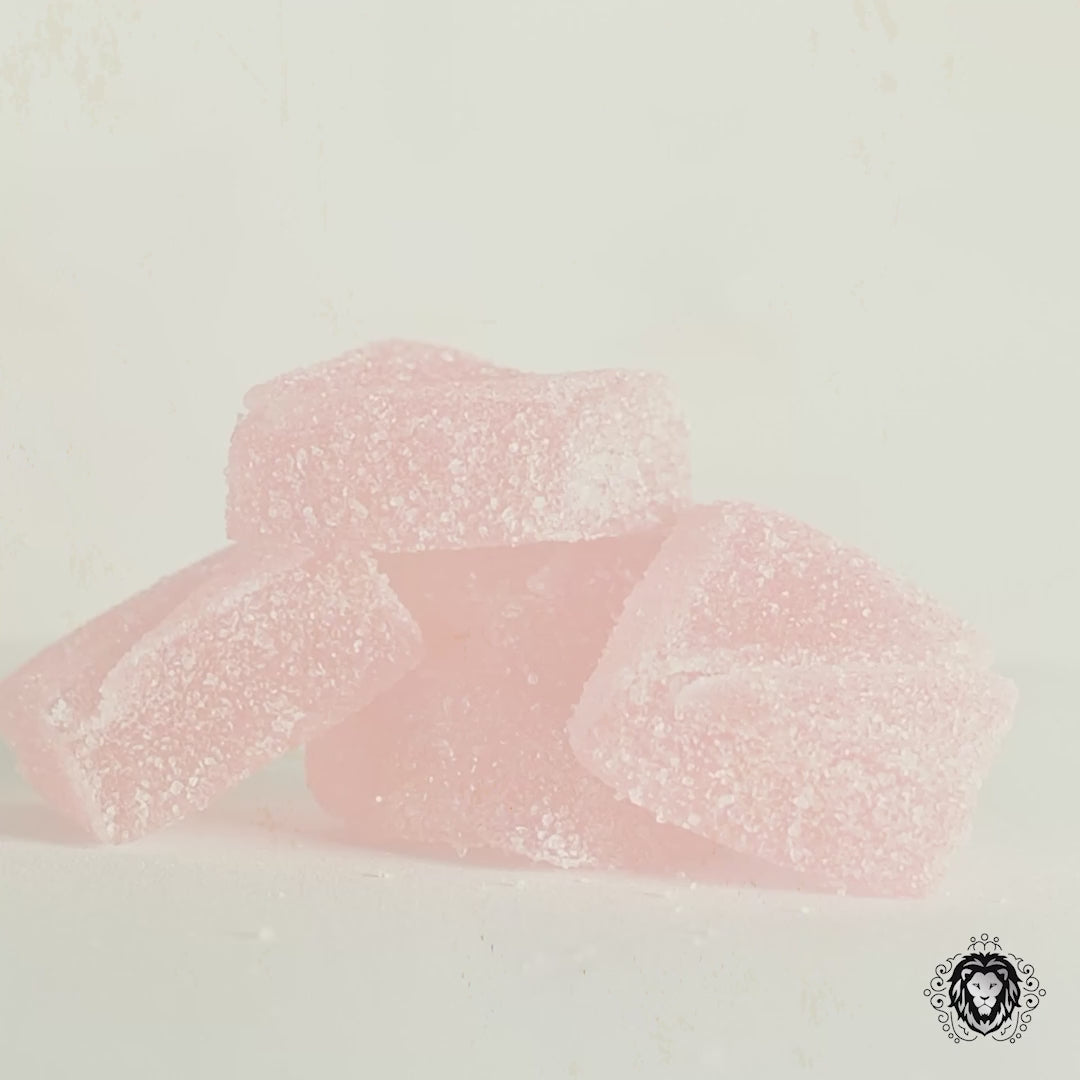The biodegradable superabsorbent materials are substantially less polluting than those currently used.

As developing nations race against time to address the ever-worsening climate crisis, some countries are turning to hemp to help stem the tide against the devastating effects of an increasingly warmer planet.
The most recent example of how hemp is helping reduce carbon emissions is the work by researchers at Purdue University. As first reported by Marijuana Moment, scientists at the university say they are utilizing cellulose extracted from industrial hemp to develop biodegradable superabsorbent materials that produce significantly less pollution than those items used in disposable diapers, feminine hygiene products, agricultural water retainers, and other applications.
According to Senay Simsek, who heads the university's Department of Food Science and is leading a team of researchers in the hemp project, the widespread use of traditional nonrenewable, nonbiodegradable, petroleum-based absorbents has devastating effects on the environment, further aggravated by the tremendous amount of energy needed for their production.
"Hemp hurds, found in the inner woody core of the hemp stalk, are highly absorbent due to their high cellulose content and low lignin levels. This makes them an excellent alternative for superabsorbent applications," Simsek said.
The cellulose extracted from hemp fibers is perfect for products requiring high absorbency levels because its modifiable molecular structure enables researchers to boost its water retention capacity substantially. In addition, Simsek shares that the hemp bast fibers (stringy fibers on the outer core of hemp plant stems), while not as absorbent as the extracted cellulose, provide additional strength and durability to the final product.
Scientists refine the cellulose by implementing a specifically tailored sequence of treatments that initially break down the material's natural structure, expanding its surface area and porosity. Simsek says this process is like "turning a compact sponge into a more open, fluffy one."
"The uniqueness of our technology lies in its versatility, making it highly tunable for diverse applications of superabsorbent materials across various industries," Simsek said.
"The uniqueness of our technology lies in its versatility, making it highly tunable for diverse applications of superabsorbent materials across various industries."
- Senay Simsek, Head of Purdue University's Department of Food Science
Along with its use in diapers and hygiene products, the Purdue-developed hemp material can also be used:
- In additives that help soil retain water (Less harm to the soil and better for plant growth)
- For biosensors used in glucose strips and pregnancy tests
"Our approach conserves water and supports the ecosystem by providing a biodegradable solution that integrates seamlessly into natural cycles. The versatility stems from the material's ability to respond dynamically to environmental changes. This trait is essential for timely and accurate biosensing," Simsek said.
"Our approach conserves water and supports the ecosystem by providing a biodegradable solution that integrates seamlessly into natural cycles. The versatility stems from the material's ability to respond dynamically to environmental changes. This trait is essential for timely and accurate biosensing."
- Senay Simsek, Head of Purdue University's Department of Food Science
The impact this new technology could have on the environment is profound. According to the World Economic Forum (August 2023), more than 300,000 disposable diapers are incinerated or dumped in landfills every minute, along with the billions of menstrual pads and tampons discarded yearly in the U.S. alone.
The next phase of bringing the superabsorbent materials to market will require scaling up the technology to industrial levels.
"This scaling phase is vital not only for refining our process but also for demonstrating the practical applications of our innovation in agriculture and food packaging, areas where sustainable solutions are urgently needed," she said.
"This scaling phase is vital not only for refining our process but also for demonstrating the practical applications of our innovation in agriculture and food packaging, areas where sustainable solutions are urgently needed."
- Senay Simsek, Head of Purdue University's Department of Food Science
Along with the environmental benefits, the new materials could also provide massive economic opportunities. The global disposable diaper market alone was estimated to be worth between $80-90 billion in 2023, with the feminine hygiene products sector, including tampons, sanitary pads, and liners, projected to reach $50-55 billion by 2025.
Likewise, the combined market size for biosensor glucose strips used by diabetics and home pregnancy tests was around $20-25 billion globally last year.
While the agricultural water retainer market is still a relatively small economic sector estimated to be worth between $500 million and $1 billion, the increasing and legitimate concerns regarding water scarcity, coupled with more corporations and nations adopting sustainable agricultural practices, could provide remarkable growth opportunities in the next 10-15 years.
With the Farm Bill up for renewal this year, lawmakers have the opportunity to increase hemp's profile through additional funding and a more demonstrative commitment to the plant, those cultivating it, and any potential businesses considering technology like the superabsorbent cellulose products being developed at Purdue.
From a plant that was once considered as dangerous as heroin and meth to now a vital economic and environmental key to solving the climate crisis, hemp has come a very long way in a very short time.




